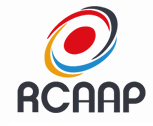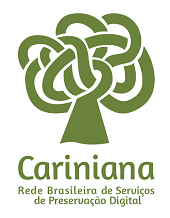Energy supplementation in Santa Inês sheep subjected to estrus induction treatment
DOI:
https://doi.org/10.5433/1679-0359.2016v37n1p145Keywords:
Glucose, Insulin, Ovulation rate, Sheep.Abstract
The aim of this study was to evaluate the effect of a 20% increase in dietary energy during short-term estrus induction treatment on the reproductive parameters of Santa Inês ewes. Females (n=43) were allocated into two experimental groups according to the amount of energy inclusion in the diet: maintenance diet or maintenance diet plus 20% energy. Ultrasound examinations were performed in order to detect ovulation. To assess sexual behavior, ewes were teased and further mated. Blood samples were collected for the determination of glucose and insulin concentrations. There was no difference (P>0.05) between groups in the following categories: ovulation rate (80.00% vs. 60.00%), largest follicle diameter (6.00 ± 0.20 vs. 5.90 ± 0.60), interval from device removal to ovulation (52.80 ± 14.87 vs. 59.01 ± 8.34 hours), animals in estrus (75.00% vs. 65.21%), interval from device removal to estrus (30.00 ± 15.49 vs. 30.00 ± 13.35 hours) and conception rate (50.00% vs. 21.73%). There were differences (P<0.05) in the concentrations of insulin and glucose. It can be concluded that the 20% increase in energy in the diet during short-term estrus induction treatment did not affect the reproductive parameters studied.
Downloads
Downloads
Published
How to Cite
Issue
Section
License

This work is licensed under a Creative Commons Attribution-NonCommercial 4.0 International License.
Semina: Ciências Agrárias adopts the CC-BY-NC license for its publications, the copyright being held by the author, in cases of republication we recommend that authors indicate first publication in this journal.
This license allows you to copy and redistribute the material in any medium or format, remix, transform and develop the material, as long as it is not for commercial purposes. And due credit must be given to the creator.
The opinions expressed by the authors of the articles are their sole responsibility.
The magazine reserves the right to make normative, orthographic and grammatical changes to the originals in order to maintain the cultured standard of the language and the credibility of the vehicle. However, it will respect the writing style of the authors. Changes, corrections or suggestions of a conceptual nature will be sent to the authors when necessary.















